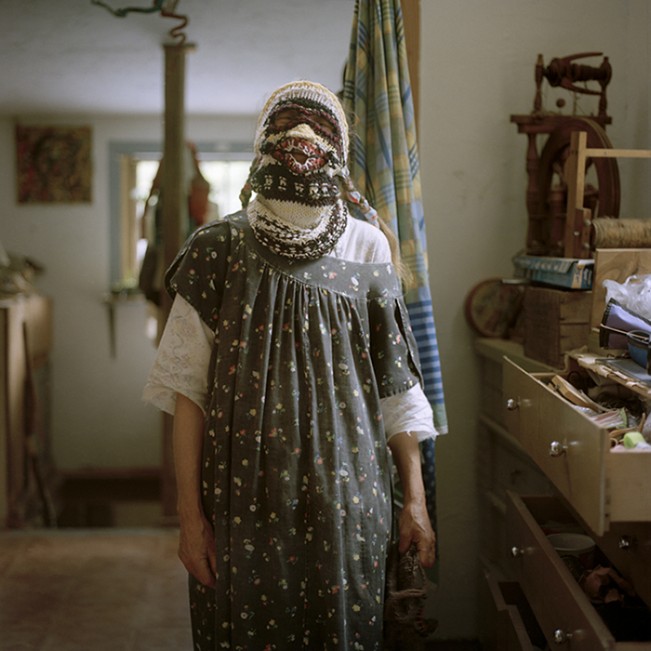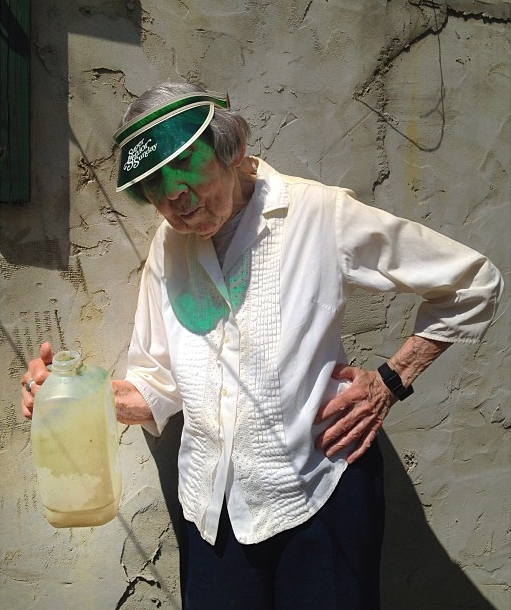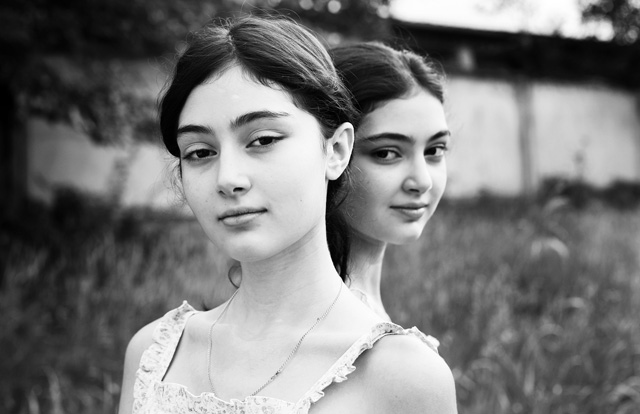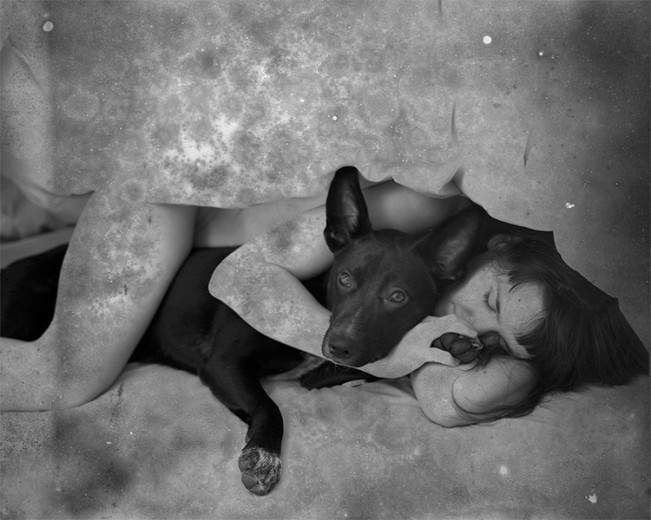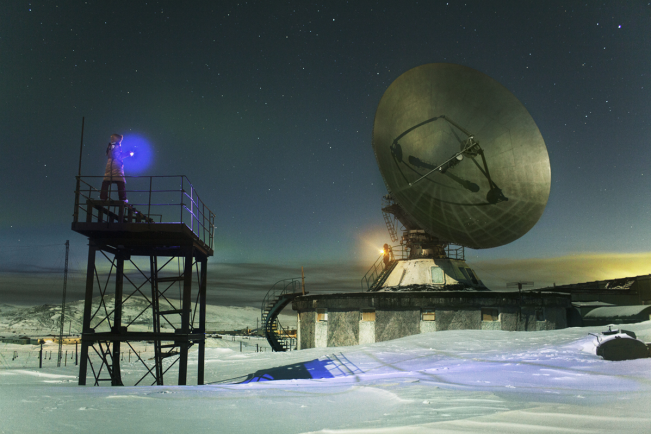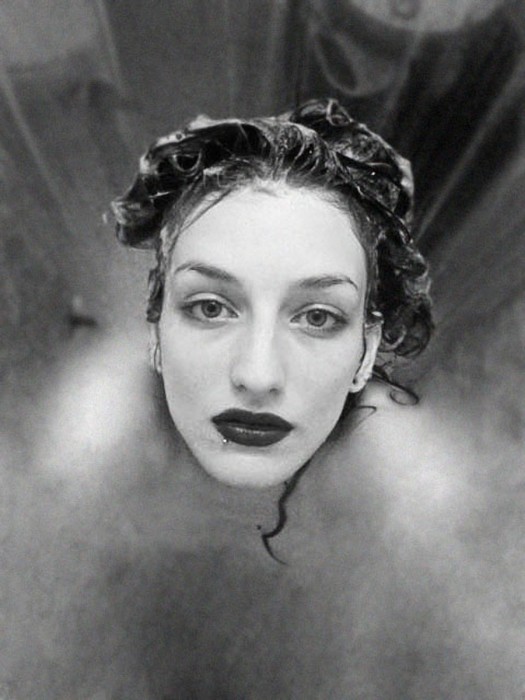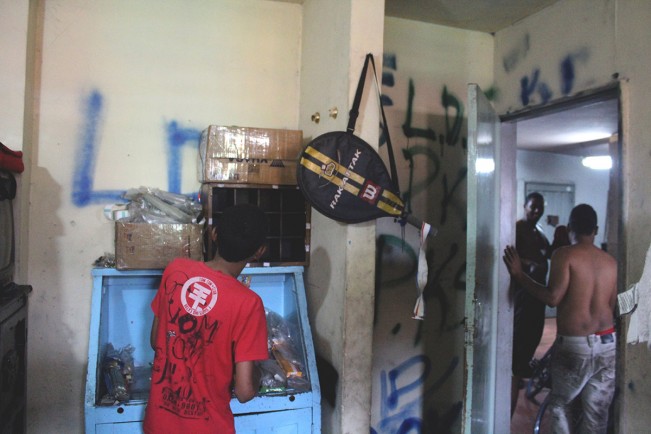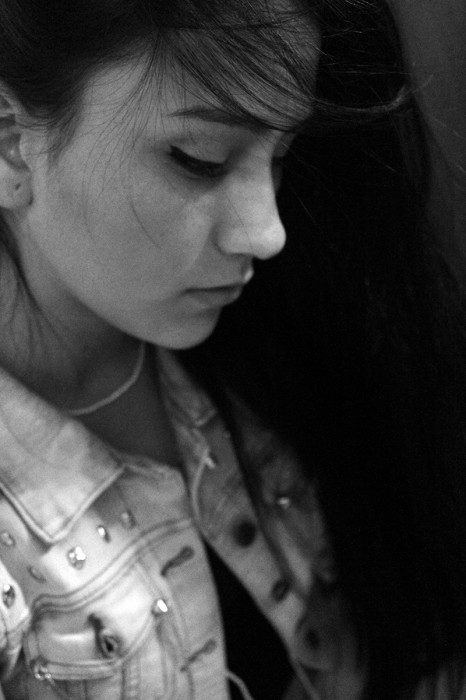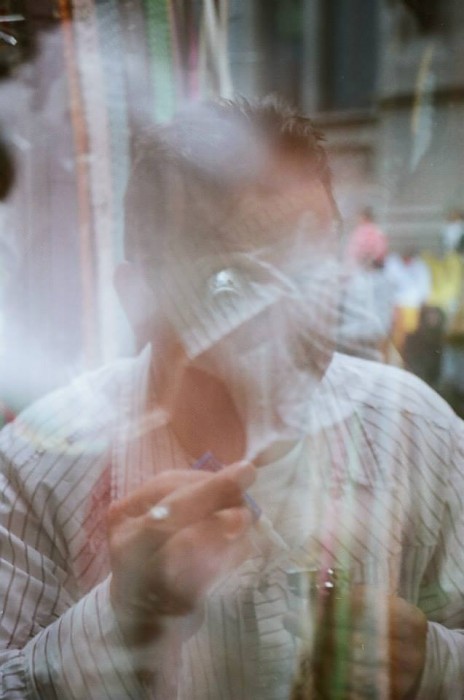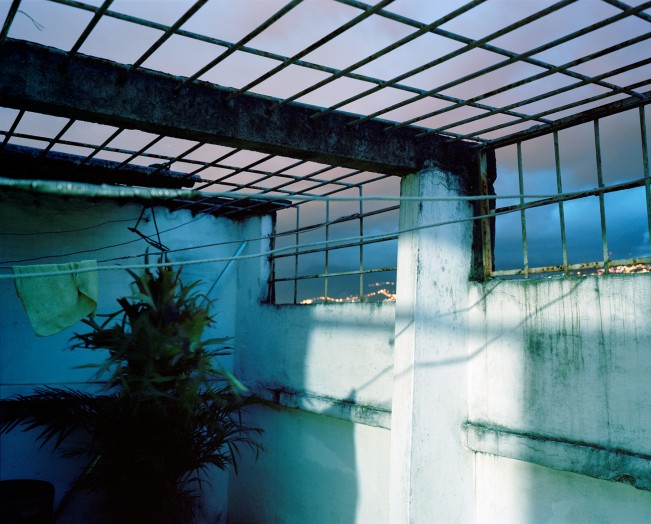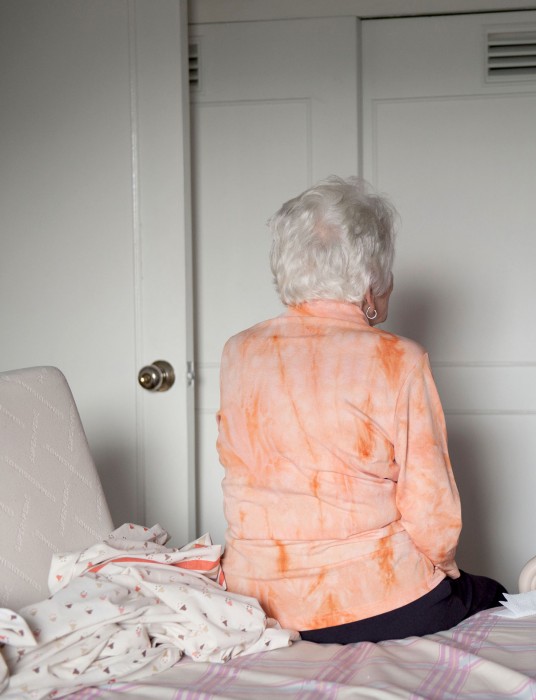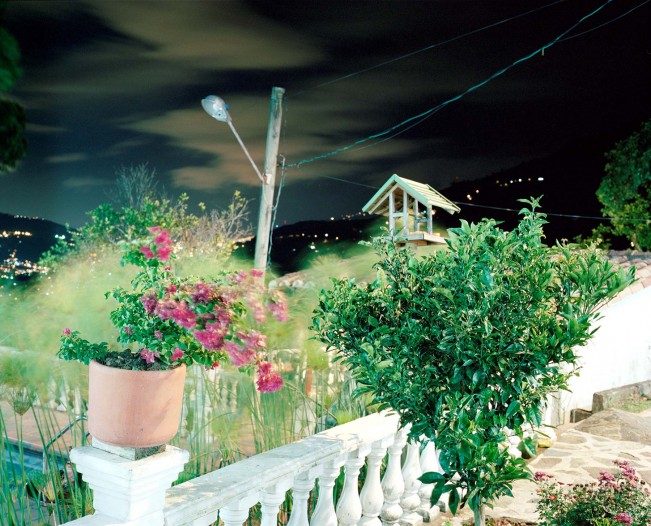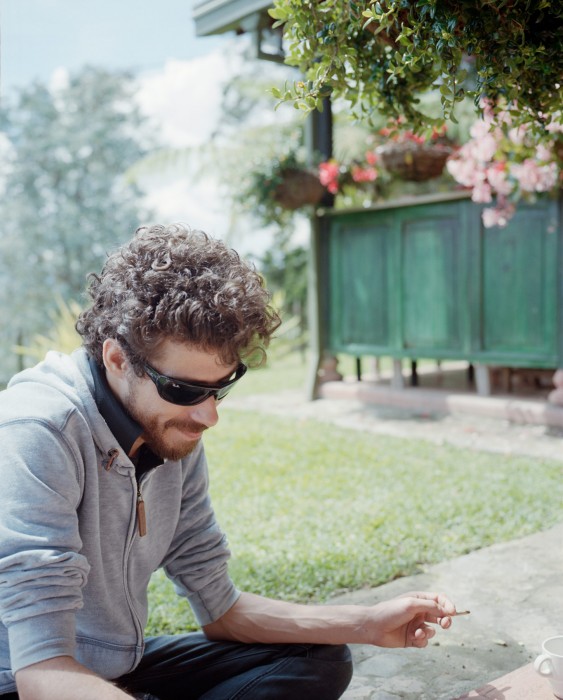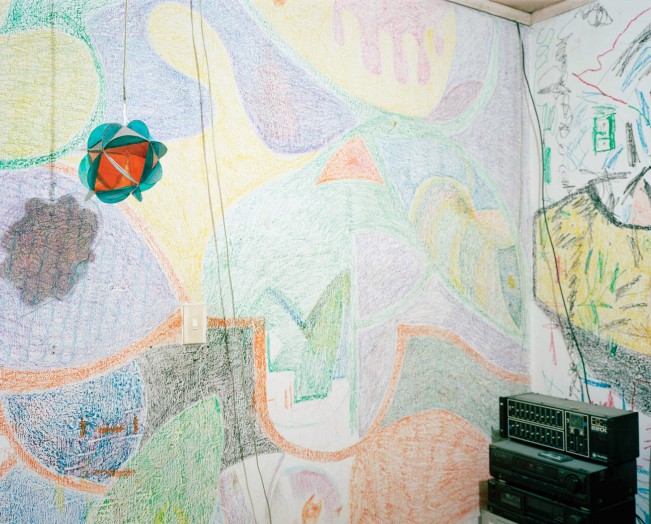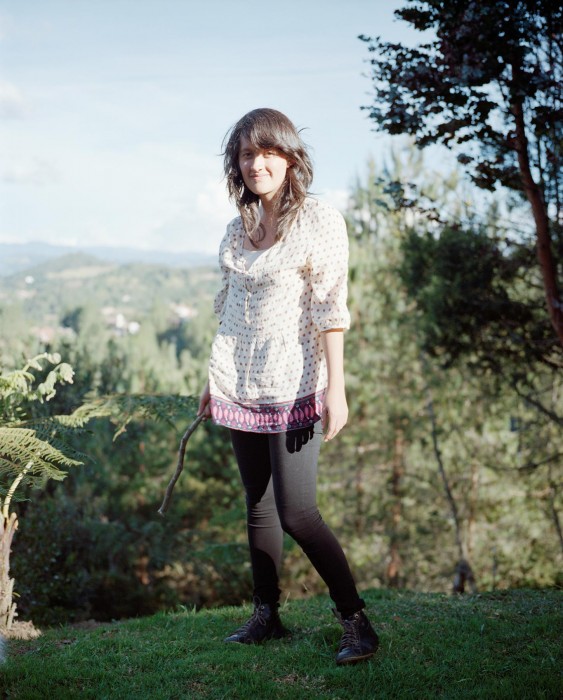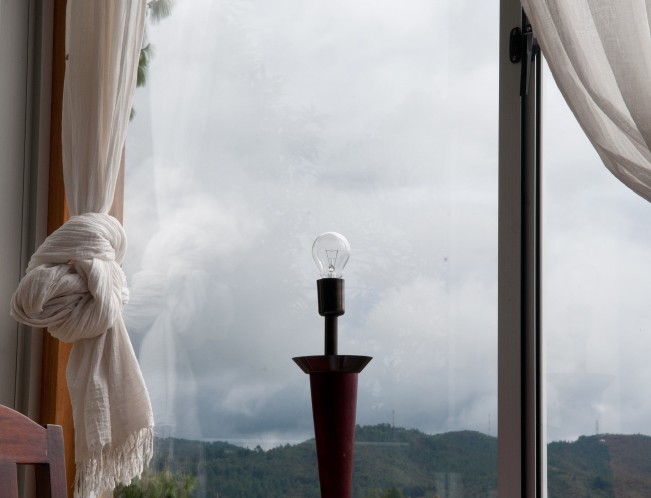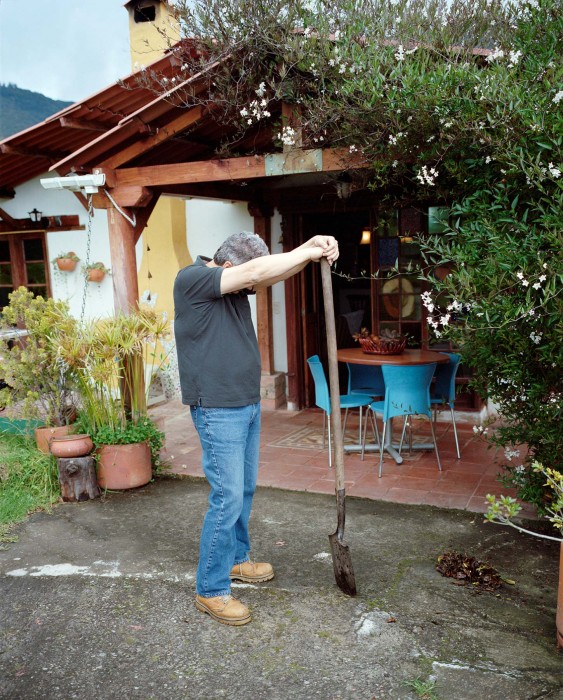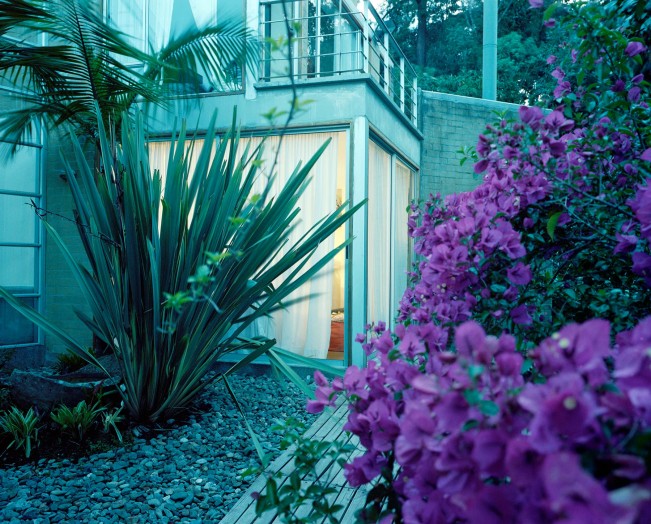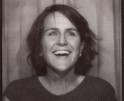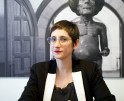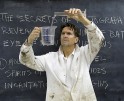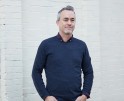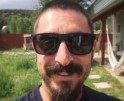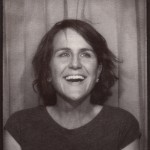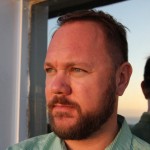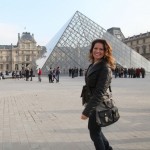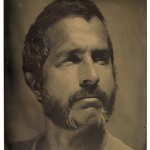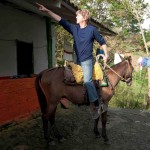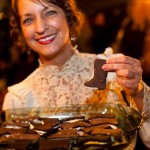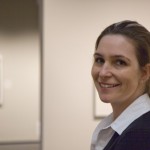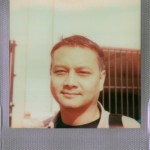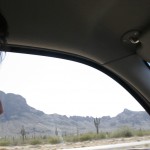The Tom Griggs Mixtape
 There are a lot of good people that surround photographers, that take time away from their own journey to move others forward. Photographer, editor, educator, and visionary Tom Griggs is one of those people. He produces one of the best photo sites for emerging photographers, Fototazo, and helps photographers gain exposure and achieve their goals. The site is rich with content–posts, interviews, micro grant opportunities, and exposure opportunities. Tom has also created a mentorship program matching young Colombian photographers with mentors from all corners of the photo world. He is a tireless champion of all things photographic.
There are a lot of good people that surround photographers, that take time away from their own journey to move others forward. Photographer, editor, educator, and visionary Tom Griggs is one of those people. He produces one of the best photo sites for emerging photographers, Fototazo, and helps photographers gain exposure and achieve their goals. The site is rich with content–posts, interviews, micro grant opportunities, and exposure opportunities. Tom has also created a mentorship program matching young Colombian photographers with mentors from all corners of the photo world. He is a tireless champion of all things photographic.
Tom received an MFA from the Massachusetts College of Art and Design in 2009 and a BFA from the same school in 2002. He also earned a BA from Wesleyan University in 1997. He lives in Medellín, Colombia where he teaches photography at La Fundación Universitaria Bellas Artes de Medellín.
He has exhibited his photographs internationally and his work is included in the Permanent Print and Picture Collection of the Free Library of Philadelphia and private collections. Tom received the ICETEX Visiting Professor Grant to Colombia for 2010-2011. Nexus / foundation for today’s art awarded him their Purchase Prize in 2007 and the Massachusetts College of Art and Design gave him a Travel Award for studies in Paris in 2002.
It gives me great pleasure to present The Tom Griggs Mixtape!
Tell us about your growing up and what brought you to photography.
I was born in Manchester, New Hampshire and grew up in St. Louis Park, Minnesota, a suburb of Minneapolis. It’s a place both ordinary and extraordinary. The Cohen Brothers grew up in the same suburb and their movie “A Serious Man” is about growing up there. Thomas Friedman (I know, I know) of The New York Times grew up in St. Louis Park and wrote a piece about the suburb as a model of the nation in the lead up to the presidential election of 2012. (http://www.nytimes.com/2012/10/31/opinion/friedman-minnesota-mirror.html)
I have a very small family. I almost always spent my holidays with my brother and my parents growing up. All other close relatives live a ways away and there aren’t many to begin with. My family traveled every summer, loading up the station wagon for 3- or 4-week trips around the country, always including a stop in Richmond, Virginia to see my dad’s family. I’m sure those trips are a big part of what has lead me to travel and live in different places as an adult.
I wasn’t an arts-oriented kid. I could draw well, but I never took art classes. In my last semesters at Wesleyan University I took my first art classes and I suddenly felt sure of a direction in terms of work and study, although at a private university it was too expensive to switch majors and stay there longer. Instead, after graduating from Wesleyan I took painting and drawing classes at the Massachusetts College of Art and Design in Boston, intent on working towards applying to painting MFA programs.
I discovered photography through a series of basic darkroom black and white classes while studying there. I kept painting, but after graduating I felt more and more isolated in the painting studio and felt it was too slow as a medium to allow me to ask the types of questions and engage life in the way that I wanted. Photography allowed me to do so better. I moved into photography completely around 2005, giving up painting completely.
What is your title and job description and tell us about a typical day?
A typical day – like many respondents in this series it seems – doesn’t exist. Depending on the day I’m a professor, photographer, editor or writer. Or some combination of those roles. I don’t put lines between them anymore, though, it’s all just one thing and in combination forms my “career.”
I just finished the semester at the Fundación Universitaria Bellas Artes here in Medellín. I’m taking next semester off to work on various projects. While I’ve very much enjoyed teaching, I’m not sure I’m going to go back yet or not.
What are some of your proudest achievements?
Within photography, honestly my proudest achievements revolve more around my roles as an educator and editor than as a photographer. Watching the growth of students, seeing them arrive at new levels of thinking about and making their work has been a great motivator for me in photography and a source of satisfaction.
So has working with strong students through fototazo to help them transition into becoming professional photographers via the microgrant program, the mentorship program, equipment deliveries and private classes that I teach them independently of the universities. I’m proud of how they’ve come together as a group and working with them is very satisfying.
The recognitions I have received as a photographer I appreciate, but for whatever reason I don’t necessarily feel that proud of them per se. The pride that I feel in my achievements as a photographer has more to do with experiences making work. For example, getting myself out of my apartment to get somewhere not easy to get to in order to make an image at a time way earlier than I want to be awake and having the image come together. Those are the moments I feel pride in myself, for both overcoming inertia and excuses to make more work and for keeping up the discipline required for being involved in the arts. I also feel proud just to have survived making images. It’s required a lot of trade-offs and I took the risk of doing so and I’m glad I did.
What do you look for when reviewing work for fototazo or by students?
It’s a two-part understanding that I try to come to. I try to understand the proposal of the work and also how that proposal has been addressed and developed by the work. The proposal can be interesting, weak, derivative, fascinating and the same goes with how its subsequently been worked through. That’s the basic equation that I look at.
Once I’ve established that understanding, I generally explore strengths and weaknesses in four elements: technique, form, content, and context. By context I mean contemporary conversations in photography, social context, historical moment, and other frameworks that the work is made within. Frequently technique only comes up if it’s problematic. The goal is to have a project in which all four parts work together harmoniously and mutually reinforce each other. A project that works on each level individually and also has the parts working together well as a whole is very rare.
I try to help the photographer achieve their interests with the work instead of installing my interests and biases on their work. I try not to give prescriptive advice – “you should do this.” The exception is when it’s a student that’s just getting going and they need some direct, concrete advice on things they can try.
When I critique an established photographer, I attempt to describe what I see happening in the work and what I understand about the content of the work. What to do with that information and what steps to take after the critique is the job of the artist. I’m not there to tell you what to do.
Any advice for photographers coming to a portfolio review event?
I put together a review of FotoFest based on my experience there as a photographer for future participants at the event, although I hope that parts of what I wrote apply to all reviews.
What is something unexpected that we don’t know about you?
I was an early entry candidate in the NBA draft in 1996. I was the Westfield, New York Watermelon Seed-Spitting champion in 2003 (or 2002, I forget). I was named “Most Organized” of my high school class (thanks guys, thanks a lot). I contracted dengue fever in the Brazilian Sertão. I went on a date with Bianca Chalmers of CocoRosie once – way before she and her sister started their band – making such a grave mistake in judging her age that I was legally required to end the date when I found it out.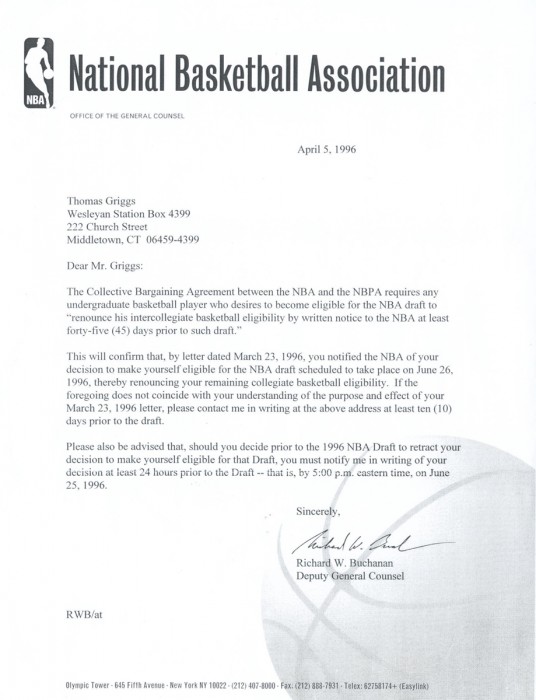
And it wouldn’t be a MIXTAPE without knowing what is your favorite song, band, and do you dance?
I almost always listen to music while I work in my studio-office space. I enjoy the best examples of almost all genres of music and – like my relationship with photography – it’s not entire types or styles that interest me, it’s whether the individual song/photograph (or album/project) is any good on its own terms.
I do dance and really enjoy dancing and this year my salsa dancing has gone from painful to hindered, quite a step for me. Next year it’s like to achieve advanced mediocrity.
Here are a random selection of some favorite songs – copy and paste song and artist into YouTube to enjoy!:
5 in heavy current rotation: You Could Get Lost Out Here, A.C. Newman; All the Things That Go to Make Heaven and Earth by The New Pornographers; Amor by Secos e Molhados; I Sent Away by Frank Black; Some Kinda Love by The Velvet Underground
5 from Colombia (mix of genres): Tolu by Lucho Bermúdez; Salsipuedes by Lucho Bermúdez (really anything by Lucho Bermúdez); Egoismo by Reynaldo Armas; Porro Bonito by Lucho Argain; and one for Christmas that you should probably listen to properly liquored up for the holidays in proper Colombian tradition: Yo no olvido el año viejo by Tony Camargo
5 fast: Waiting Room by Fugazi; Jogo do Calçada by Os Mutantes; Gut Feeling by Devo; Luna y Sol by Manu Chao; Suspect Device by Stiff Little Fingers
5 slow: Drink To Me, Babe, Then by A.C. Newman; Living Proof by Cat Power; Back Together by Citizen Cope; Sugar by The Wooden Birds; Not For Sale by CocoRosie in honor of my ill-fated date
5 random: 100 Yard Dash by Raphael Saadiq; Breaks Em Down by Peanut Butter Wolf; Vá Morar Com o Diabo by Cássia Eller; Fádiri by Jursino Cayetano; Future by Cut Copy
5 hip hop: Benzi Box by Dangerdoom; Green Power by Quasimoto; Truth Is by Brother Ali; Guinnesses by MF Doom featuring Angelika & 4ize; Welcome to the Terrordome by Public Enemy
Well, I’m impressed! And now for the extended version of the Mixtape…and Tom takes over.
First, a huge thank you, Aline, for the chance to do this and for how you approach your role in the photography community as both photographer and editor of Lenscratch. What you add in terms of conversation, imagery, vision, support and positive energy is integral to the online photography community. And I’m not prone to hyperbole. I mean it.
I’ll use this Part 2 in the spirit of the high school mixtape. What follows is a collage of articles, photographs, links and more, some by myself, but mostly by others.
5 great photographs I’ve seen recently
5 posts that I reference and reread:
Wear Good Shoes: Advice to young photographers by Magnum Photographers
Unreasonable Apple by Paul Graham
Heroes & Mentors: Jim Goldberg and Todd Hido On Larry Sultan
Shut Down Your Computer by Pieter Wisse
Two Way Lens: Simon Roberts by Michael Werner
5 Colombian photographers to begin to explore photography here
Camilo Echevarría – spend 9 minutes of your life with his “Cauca”
Juan Fernando Ospina – try a Google image search; doesn’t have his own page
5 of the best student images from this semester:
5 links by…me
Interview Doug DuBois, Parts I and II (part III IS coming, I swear)
http://www.fototazo.com/2013/01/interview-doug-dubois-part-i.html
http://www.fototazo.com/2013/02/interview-doug-dubois-part-ii.html
On the Money, Part I, II and III
http://www.fototazo.com/2013/04/on-money-part-i.html
http://www.fototazo.com/2013/04/on-money-part-2.html
http://www.fototazo.com/2013/05/on-money-part-iii.html
Originality Is a Conservative Argument
http://www.fototazo.com/2012/12/originality-is-conservative-argument.html
Review: Looking at the Land
http://www.fototazo.com/2012/11/review-looking-at-land.html
A dozen favorite photography/art quotes
Art is long and life is short, and success is very far off. – Joseph Conrad
Anyone can take pictures. What’s difficult is thinking about them, organizing them, and trying to use them in some way so that some meaning can be constructed out of them. That’s really where the work of the artist begins. – Lewis Baltz
Do not try to create and analyze at the same time they are two different processes. – John Cage
Art is the lie that tells the truth. – Pablo Picasso
The advice I like to give to young artists, or really anybody, is not to wait around for inspiration. Inspiration is for amateurs; the rest of us just show up and get to work. If you wait around for the clouds to part and a bolt of lightning to strike you in the brain, you are not going to make an awful lot of work.
All the best ideas come out of the process; they come out of the work itself. Things occur to you. If you’re sitting around trying to dream up a great art idea, you can site there a long time before anything happens. – Chuck Close
All of the failed pictures you’ve ever made, all of the other photographs you’ve ever loved, even songs and lines from poems walk with you too, insinuating themselves into your decisions about what you’ll make your photographs of, and how you’ll shape them as pictures. – Tod Papageorge
Photographers who are too controlling come up with pictures where the viewer has little free will – the experience of looking at the photo is over-determined and so there’s not so much lasting pleasure. You get their point and then move on. – Mark Steinmetz
There is no greater joy than wide-eyed wandering. – Alec Soth
Looking, making, thinking, experiencing are our starting point. Art opens worlds, lets us see invisible things, creates new models for thinking, engages in cryptic rituals in public, invents cosmologies, explores consciousness, makes mental maps and taxonomies others can see, and isn’t only something to look at but is something that does things and sometimes makes the mysterious magic of the world palpable. – Jerry Saltz
From the beginning, all I’ve ever cared about is things being great. I never cared about when they were done. – Rick Rubin
I don’t like to take pictures of things that I think I’ve figured out. I don’t know what the point of that is. So usually I’m taking a picture, or I’m approaching a project in a certain way, because I don’t know what it will lead to, or I don’t know what it would mean. – Steve Davis
…the limitations of photography are in yourself, for what we see is only what we are. – Ernest Haas
7 favorite movies
On the Waterfront, Stalker, Glengarry Glen Ross, Magnolia, Chungking Express; Ali: Fear East the Soul; Baraka
5 favorite painters
Pierre Bonnard, Stanley Lewis, Albert Pinkham Ryder, Brueghel (the Elder), Giorgio Morandi
5 of my favorite photography sites that aren’t the ones that you probably already know(e.g. Conscientious, Flak Photo, LPV, etc.)
3 interesting non-photography links
Living in the Anthropocene: Toward a New Global Ethos, by Paul J. Crutzen and Christian Schwägerl
“It’s no longer us against ‘Nature.’ It’s we who decide what nature is [and] what it will be.”
The Story of Science – a six part BBC series on how science has impacted our lives
What Makes Us Happy? – Joshua Wolf Shenk
And I’ll end with sharing 10 new photographs by…me
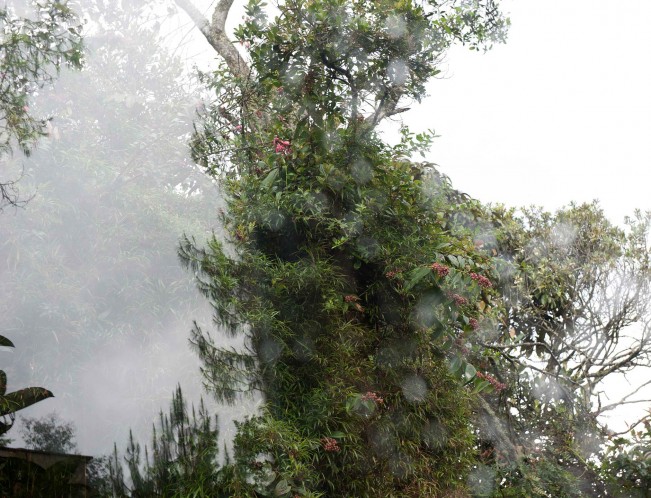
Thank you Tom! We so appreciate your insights, musings, and all the things you do for photographers!
Posts on Lenscratch may not be reproduced without the permission of the Lenscratch staff and the photographer.
Recommended
-
The Christy Karpinski MixtapeDecember 2nd, 2023
-
The Rotem Rozental MixtapeJanuary 27th, 2023
-
The Brian Taylor MixtapeJune 14th, 2019
-
The David Rosenberg MixtapeMay 3rd, 2019
-
The Jonathan Blaustein MixtapeJuly 20th, 2018


